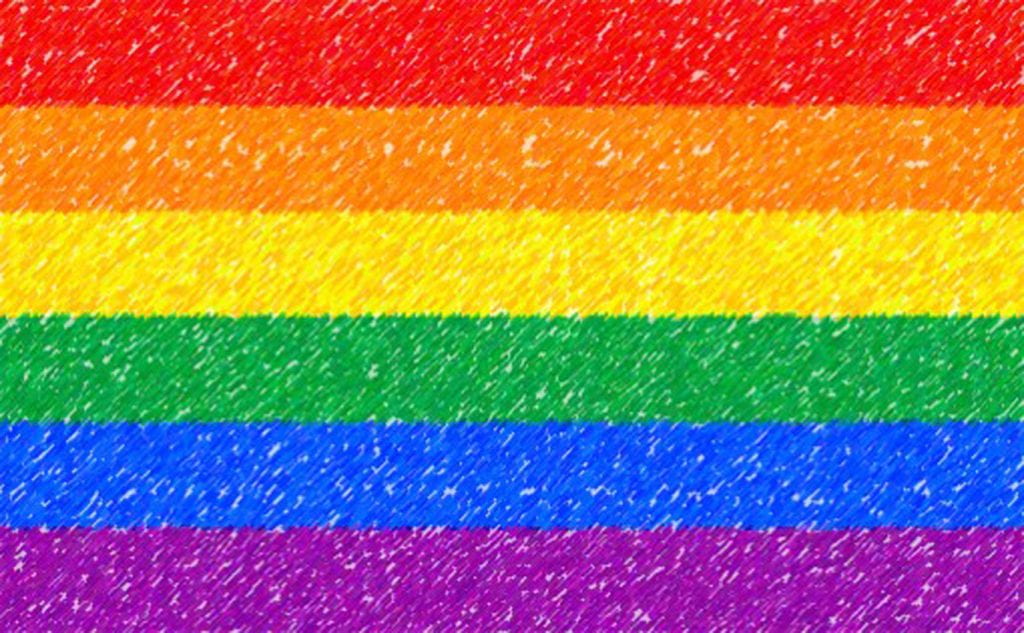
LGBTQ+: lesbian, gay, bisexual, transgender, queer and more
Click on headings below to learn more about each term and definition
Queer: A term people often use to express a spectrum of identities and orientations that are counter to the mainstream. Queer is often used as a catch-all to include many people, including those who do not identify as exclusively straight and/or folks who have non-binary or gender-expansive identities. This term was previously used as a slur, but has been reclaimed by many parts of the LGBTQ movement.
Questioning: A term used to describe people who are in the process of exploring their sexual orientation or gender identity.
Ally: A term used to describe someone who is actively supportive of LGBTQ people. It encompasses straight and cisgender allies, as well as those within the LGBTQ community who support each other (e.g., a lesbian who is an ally to the bisexual community).
Lesbian: A woman who is emotionally, romantically or sexually attracted to other women. Women and non-binary people may use this term to describe themselves.
Gay: A person who is emotionally, romantically or sexually attracted to members of the same gender. Men, women and non-binary people may use this term to describe themselves.
Bisexual: A person emotionally, romantically or sexually attracted to more than one sex, gender or gender identity though not necessarily simultaneously, in the same way or to the same degree. Sometimes used interchangeably with pansexual.
Pansexual: Describes someone who has the potential for emotional, romantic or sexual attraction to people of any gender though not necessarily simultaneously, in the same way or to the same degree. Sometimes used interchangeably with bisexual.
Straight: A person who is emotionally, romantically or sexually attracted to members of the opposite gender.
Asexual: The lack of a sexual attraction or desire for other people.
Transgender / Trans: An umbrella term for people whose gender identity and/or expression is different from cultural expectations based on the sex they were assigned at birth. Being transgender does not imply any specific sexual orientation. Therefore, transgender people may identify as straight, gay, lesbian, bisexual, etc.
Cisgender / Cis: Cisgender | A term used to describe a person whose gender identity aligns with those typically associated with the sex assigned to them at birth.
Intersex: Intersex people are born with a variety of differences in their sex traits and reproductive anatomy. There is a wide variety of difference among intersex variations, including differences in genitalia, chromosomes, gonads, internal sex organs, hormone production, hormone response, and/or secondary sex traits.
Non-binary: An adjective describing a person who does not identify exclusively as a man or a woman. Non-binary people may identify as being both a man and a woman, somewhere in between, or as falling completely outside these categories.
Genderqueer: Genderqueer people typically reject notions of static categories of gender and embrace a fluidity of gender identity and often, though not always, sexual orientation. People who identify as “genderqueer” may see themselves as being both male and female, neither male nor female or as falling completely outside these categories.
Gender-fluid: A person who does not identify with a single fixed gender or has a fluid or unfixed gender identity.